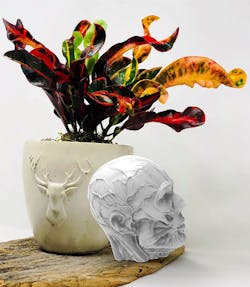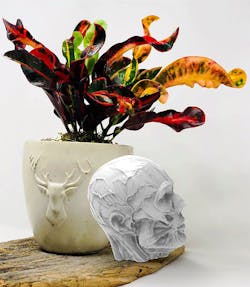Exact Metrology showcases potential of reverse engineering
Exact Metrology participated in a marketing campaign with Greenery 33, a company in Cincinnati, Ohio, that produces unique plant holders and pots, and donates 33% of its earnings to environmental protection agencies. The program aimed to show the process of reverse engineering and how it can be used with various materials.
The first step was to scan and produce a digital copy of a physical skull. Secondly, Geomagic DesignX software and NURBS reverse engineered the skull. Geomagic provides 3D software to create digital models of physical objects for industries such as archaeology, aerospace, medical and dental, tooling, foundry and sculpture and arts. The Geomagic Design X combines history-based CAD with 3D scan data processing, enabling users to create feature-based, edible solid models compatible with existing CAD software. NURBS, or Non-Uniform Rational B-spline, is used to represent curves and surfaces. Next, surface analysis is performed with Geomagic Design X for parametric modeling. Afterwards, NURBS is inspected with a color map against the scanned data of Geomagic.
Lastly, .stl files rendered in Keyshot 3D of the skull are placed in product shots for Greenery 33.
This process took two days. By using reverse engineering, Exact Metrology showed Greenery 33 a cost-efficient way of working with materials like plastic, glass and ceramic without physically reconstructing it.


